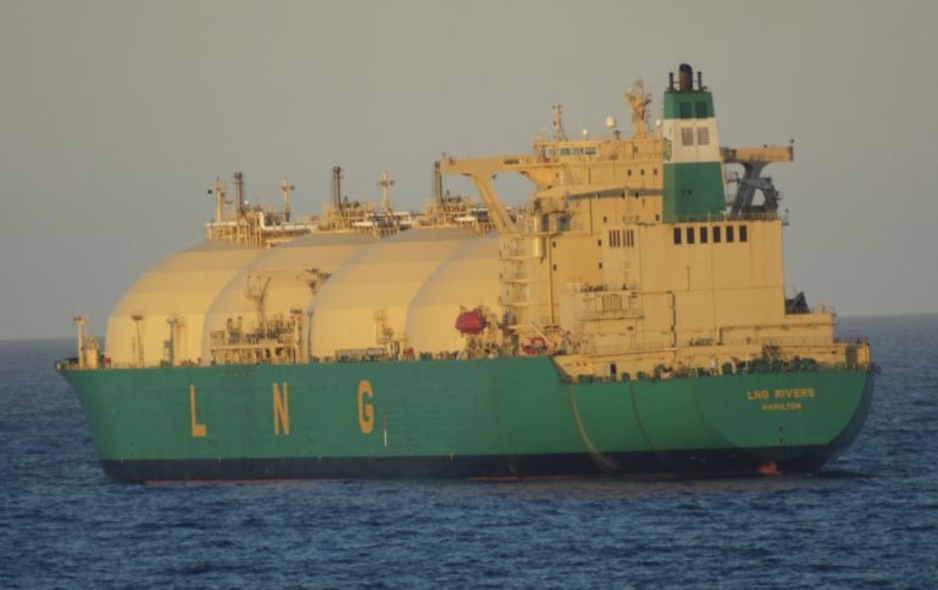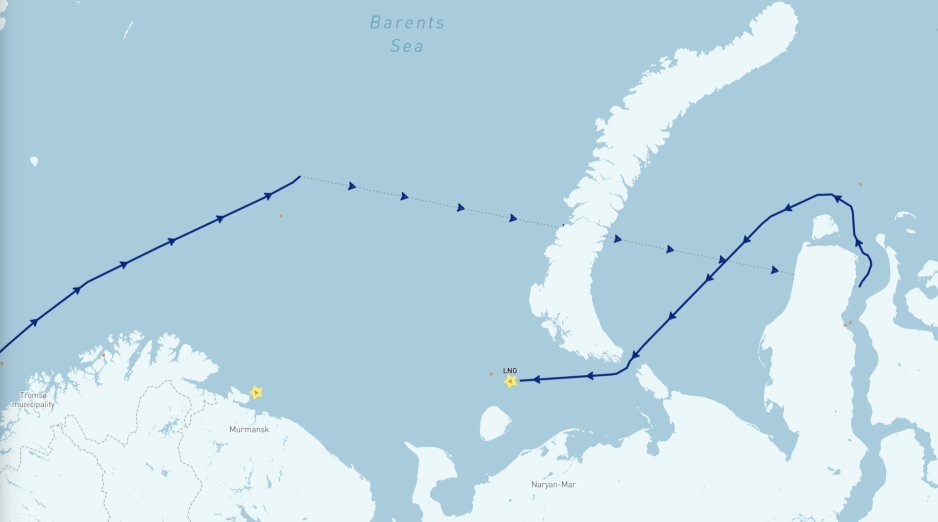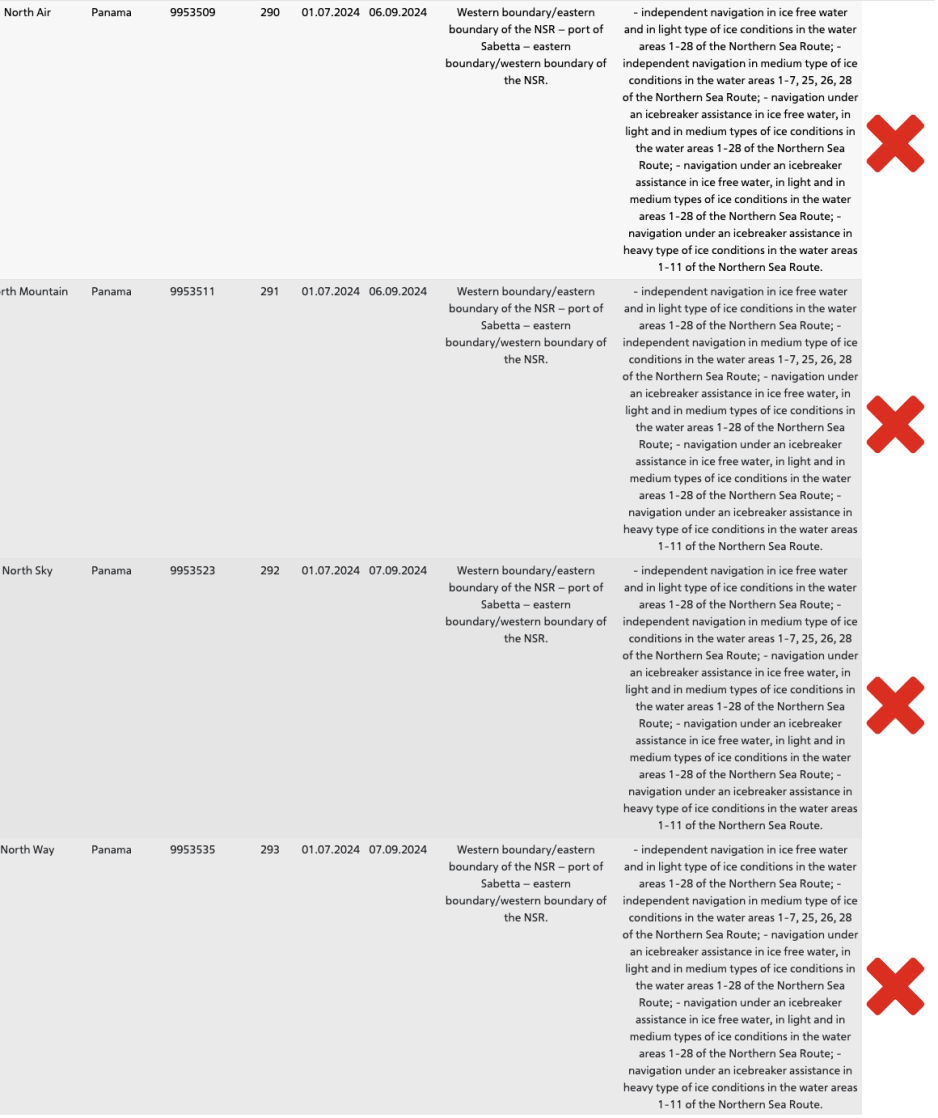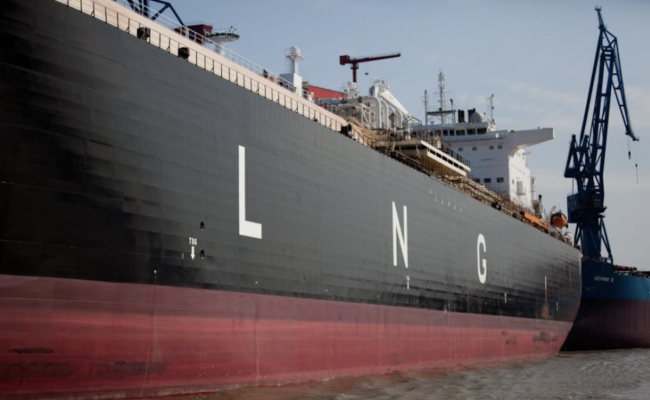Safety Takes a Backseat as Russia’s LNG ‘Shadow Fleet’ Operates in Arctic Without Permits

File photo of 22-year old LNG carrier Asya Energy (called LNG Rivers at the time). (Source: Courtesy of Alan Soutar)
As Russia continues to expand its liquefied natural gas shadow fleet to bypass sanctions, maritime safety in the Arctic is increasingly falling by the wayside. Several aging LNG vessels traveled through the Arctic without applying for or receiving Northern Sea Route permits, likely in an effort to obscure their illegitimate activities.
For more than a decade the Northern Sea Route Administration, Russia’s regulatory entity in charge of ensuring safety along the route, has issued permits to vessels looking to travel the route.
Though the softening of ice-class requirements several years ago was criticized by Arctic shipping experts, by and large the Administration seemingly prioritized the safe development of the route. Its officials internally escalated a number of safety violations over the years – including those related to strategically important Arc7 LNG carriers.
It also kept detailed, publicly available logs of granted permits and daily shipping activity on the route. Every vessel traveling along sections or the entirety of the route was required to apply for a permit.
This practice has now seemingly come to an end as multiple carriers of Russia’s LNG fleet have traveled to and from the Yamal LNG and Arctic LNG 2 projects, without applying for or receiving permits and without having their activity recorded in daily logs.
Multiple aging vessels without permits
Over the past four weeks, aging LNG carriers Pioneer, Asya Energy, and Everest Energy – all close to or older than 20 years – traveled up the Norwegian coastline, passed through the Barents Sea and entered the western NSR without holding permits.

Route of Everest Energy in the Barents Sea and western part of the NSR. (Source: Shipatlas)
After loading sanctioned cargo at Arctic LNG 2 they exited the route along a similar path. Their trips were not logged by the NSR Administration. Despite these attempts to obfuscate their activity the U.S. State Department sanctioned all three vessels last week. And the state of Palau temporarily suspended the vessels’ registrations.
Four other LNG carriers, North Sky, North Wind, North Mountain, and North Air, have had their permit information removed from the NSR Administration website, likely in an effort to obscure their ownership structure.

One of the vessels, North Sky, transited the entirety of the route with liquefied gas from the Yamal LNG project without the Administration logging its activity. Again, Russia’s attempts to hide the vessels’ activities were unsuccessful as all four carriers were included in the State Department sanctions activity.
Where does this leave the maritime safety regime in Russia’s Arctic waters going forward?
“There is the pressure from the sanctions in the frame of the war in Ukraine and indeed a real tolerance for underclass, or even dangerous vessels navigating in Arctic waters,” explains Frédéric Lasserre, professor of political geography and geoeconomics at Laval University, whose research focuses on Arctic shipping.
“There is also the definite will by Russia to develop shipping, whatever it takes apparently, so as to reach very high goals, e.g. the often-cited figure of 80 million tons of cargo by 2024,” he continues.
The risk continues to increase
Earlier discussions about activity on the NSR evolved around the question if officials struck the right balance between safety and economic development, but not overt violation or disregard of rules.
“As early as 2013, the Nordvik collision raised the question as to whether this accident was due to crew negligence or lack of caution from the NSR and the desire to speed up the development of shipping along the NSR,” Lasserre adds.
But the expanding sanctions regime and the lack of ice-class tankers has led Moscow to resort to using increasingly unsafe vessels and simultaneously sidestepping long-established regulatory measures, such as the NSR permit process.
“There are LNG tankers operating in the dark fleet, i.e. vessels operated by companies that try to bypass the sanctions. And this dark fleet directly stems from Russia’s desire to keep exporting,” Lasserre highlights.
The lack of sufficient ice-class vessels, especially in the oil sector, further increases the risk.
Aging vessels without ice-classes navigating Arctic waters while sidestepping the permit process could become the new normal.
“It is increasingly difficult I feel to adequately follow up since Russia does not easily share data, or even conceals it,” Lasserre concludes.



